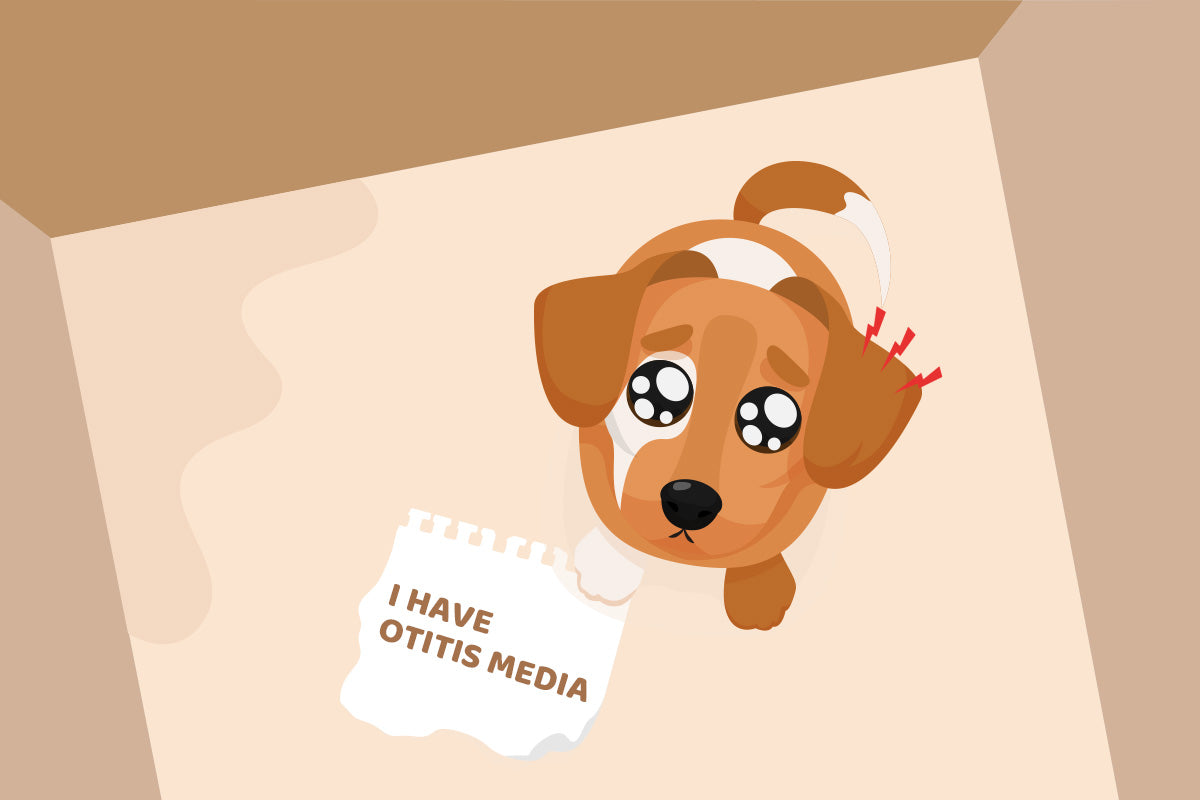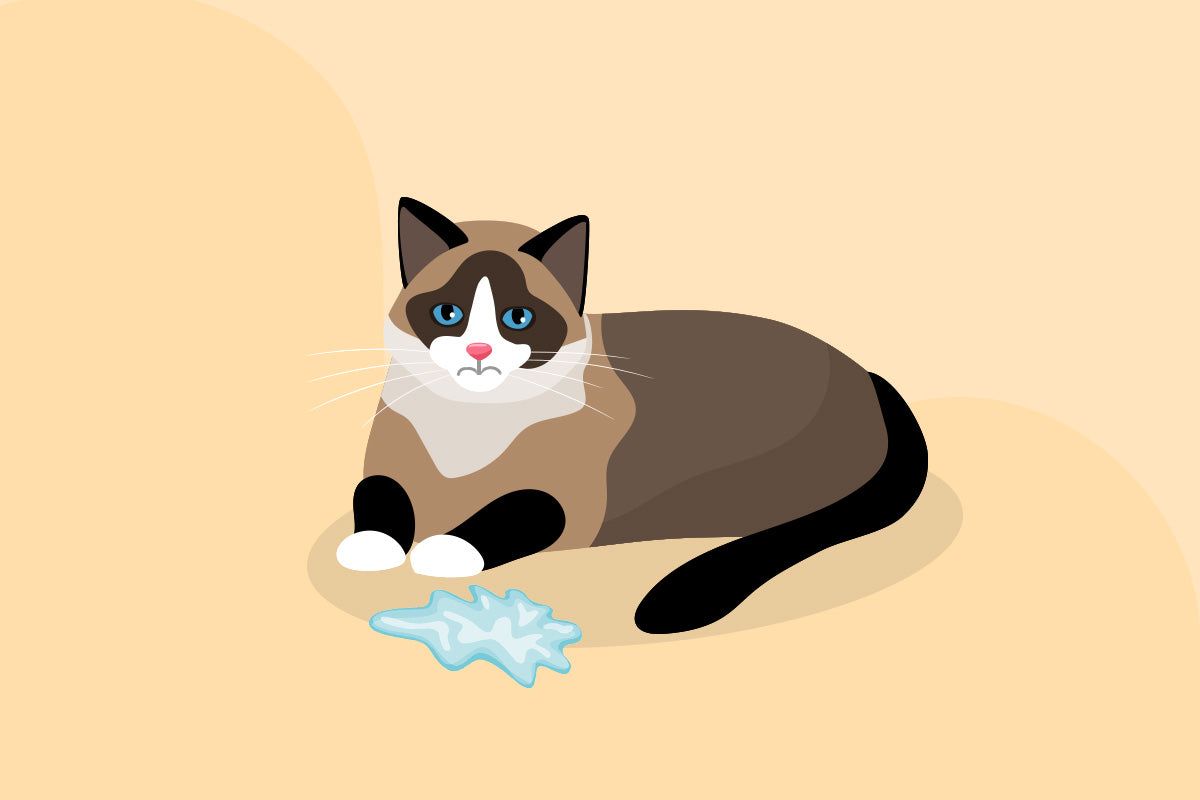Understanding Otitis Media:
Otitis media refers to inflammation or infection of the middle ear. Unlike otitis externa, which affects the external ear canal, otitis media involves the area behind the eardrum. It's often caused by bacteria or yeast, and it can be quite painful for pets. Dogs and cats with floppy ears or excessive hair in their ear canals are more susceptible to this condition due to reduced air circulation and increased moisture, creating an ideal environment for microbial growth.
Identifying Otitis Media:
Detecting otitis media early is vital for effective treatment. Watch out for signs such as constant head shaking, scratching at the ears, sensitivity or pain when touching the ears, foul odor from the ears, and discharge. Pets might also exhibit behavior changes like irritability, depression, or a decrease in appetite. If you notice any of these symptoms, it's time to consult a veterinarian.
Diagnosis and Treatment:
A proper diagnosis involves a thorough examination by a veterinarian. They will use an otoscope to visualize the ear canal and eardrum. This allows them to assess the severity of the infection and rule out other potential issues.
Treatment usually includes cleaning the ears to remove debris and infected material. This must be done professionally to prevent pushing debris further into the ear or damaging the delicate structures. Your veterinarian will also determine if medication, such as antibiotics or antifungal drugs, is necessary to combat the infection. Pain management is equally important, as otitis media can cause significant discomfort. Your vet will recommend appropriate pain relief measures.
Preventing Otitis Media:
Prevention is key to avoiding the discomfort of otitis media for your pets. Regular ear cleaning is beneficial, especially for breeds prone to ear issues. However, it's important to follow your veterinarian's guidance and use pet-safe cleaning products. Over-cleaning or using improper products can lead to more harm than good.
Keep your pet's ears dry after baths or swimming, as excessive moisture can contribute to ear infections. Regular grooming can also help by keeping excessive hair out of the ears. If your pet has allergies, addressing them can reduce the likelihood of developing ear infections, as allergies can make the ear canal more susceptible to infection.
The Role of Veterinarians:
Never attempt to diagnose or treat otitis media on your own. A veterinarian's expertise is essential for accurate diagnosis and appropriate treatment. They can prescribe medications, provide professional cleaning, and offer guidance on prevention.
In Conclusion:
Otitis media can be uncomfortable and distressing for our pets, but with proper care and attention, it's manageable and preventable. Regular check-ups with a veterinarian, practicing good ear hygiene, and addressing any underlying health issues can go a long way in keeping your furry companion's ears healthy and infection-free. By being proactive, you're ensuring a happier, healthier life for your beloved pet.



